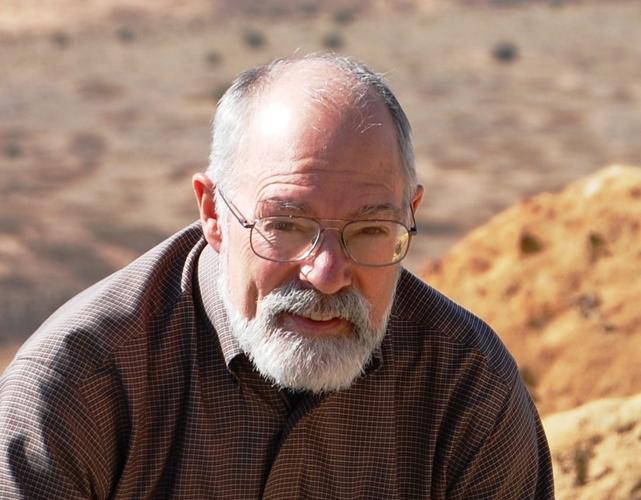The following column is the opinion and analysis of the writers.
The last time we turned a new decade, we were staring down a global economic crisis. A market crash, inflation, unemployment and gloom defined the times. Tucson faced budget deficits, reduced public services and job losses. Early recovery initiatives were hampered by a lack of confidence that we could actually find a way out. We eventually did, but it took both effort and time.
Now, unemployment is at near-historic lows, interest rates remain at historic lows and prosperity again feels within reach. The city’s new political leadership is keen to build on this momentum. At the top of the list is taking effective action in the face of our mutating southwestern climate before its damages overwhelm us.
Mayor Regina Romero has pledged to act boldly on climate change and the public pulse registers strong support for the mayor’s climate message.
If we look closer, the same drivers of rising greenhouse gas emissions contributing to climate change — hugely inefficient use of fossil fuels and the less productive use of capital, materials and water — also contribute to a weakening of our social and economic well-being. Projections show a slower than average growth in the income of Pima County residents as the regional economy struggles to meet its full potential. We have multiple reasons to move out on climate change.
Surprisingly, after a lost decade, there may never be a better, less expensive time to take climate action.
Here’s why.
It has always been a foundation of conventional economics to invest during times of plenty. But overdue infrastructure spending (think upgrades of a long-neglected network of city and county roads) often demands an incremental approach, with bond debt taking decades to pay. In the past, this has been a stopper for some renewable energy and energy-efficiency projects whose costs are incurred almost exclusively before any electricity or heat is produced or revenue generated.
Today’s low cost of borrowing money changes the equation greatly, making Tucson’s climate action potential more promising than it has ever been. Innovative financing approaches, such as tax increment financing, internal contracting, energy performance contracting and even utility support can help make any upfront borrowing costs even less painful.
And there is much cities like Tucson can do. The Coalition for Urban Transitions argues that by implementing low-carbon measures, cities could cut urban emissions in key sectors by almost 90% by 2050. As a starting point, the city has an earlier inventory and analysis of still-valid, still-achievable carbon reduction policies to begin implementing.
Much hard work is still required, even with low-cost borrowing at hand. Civic culture and business as usual can be slow to change, so the city’s workforce must be rallied to build climate action into its everyday mission.
If climate change is to be a city priority for every department, every city action has to be consistent with the goal of rapid decarbonization. Best to face a hard challenge now than an impossible one a short 10 years down the road.
National and international monetary policies are in our favor. They seem custom-made to allow low capital cost climate action in cities like Tucson to advance with an urgency to match the worst climate surprises ahead. As the cost of borrowing stays low, we can no longer say that reducing carbon emissions is unaffordable.
Now is the moment to lock in permanent cost savings, emission reductions and other more robust social benefits that accompany resource efficiency investments while borrowing rates for all of us are near rock bottom.







